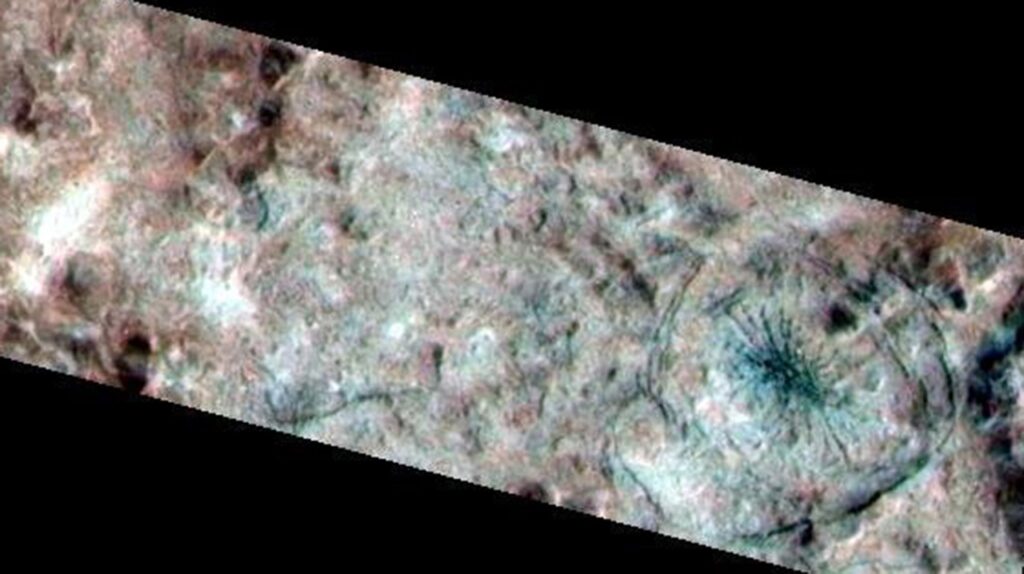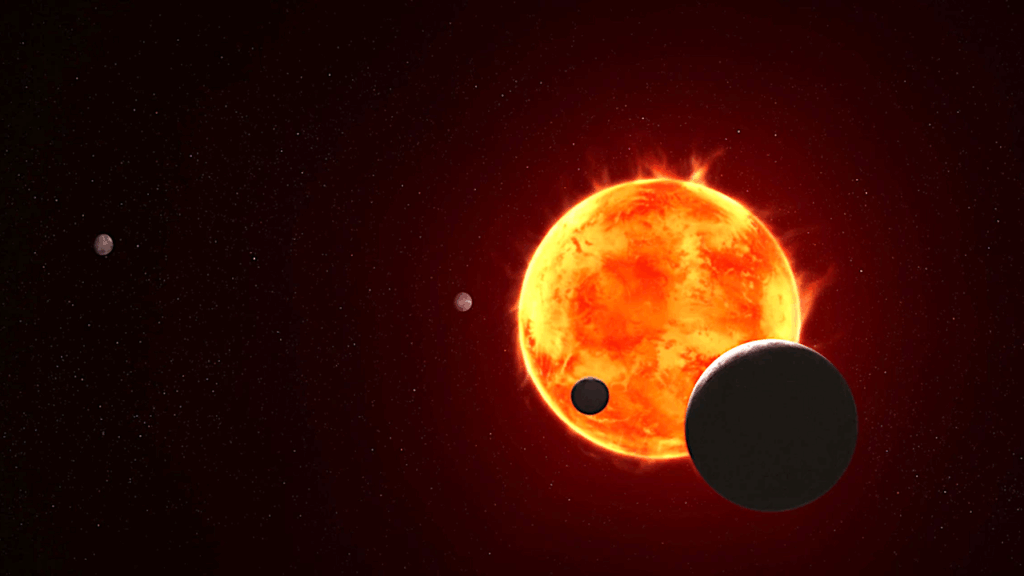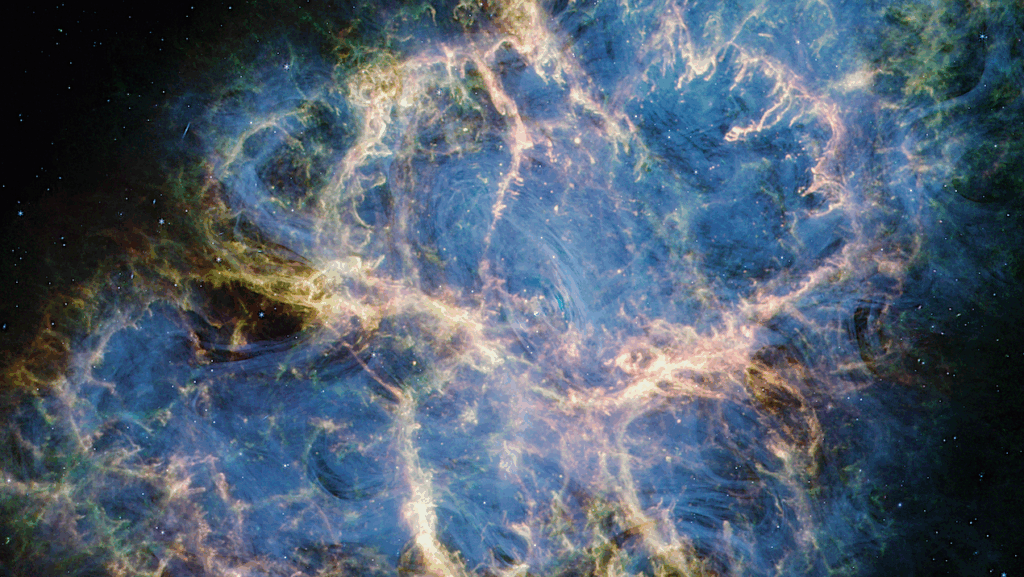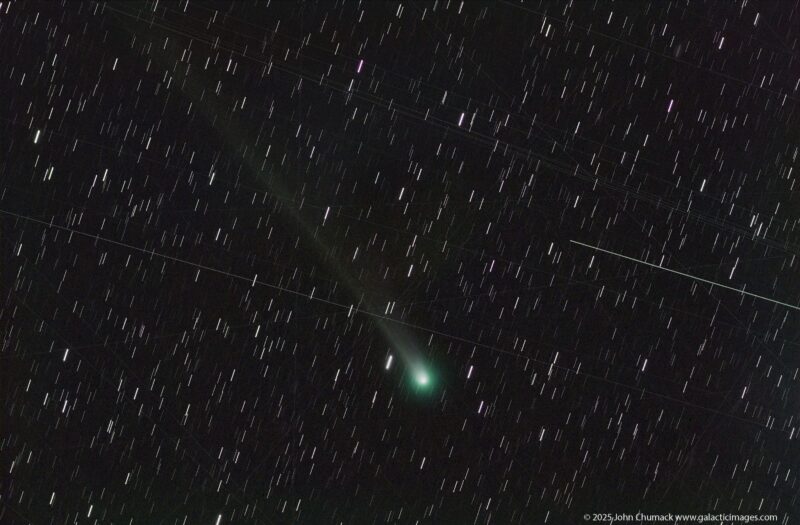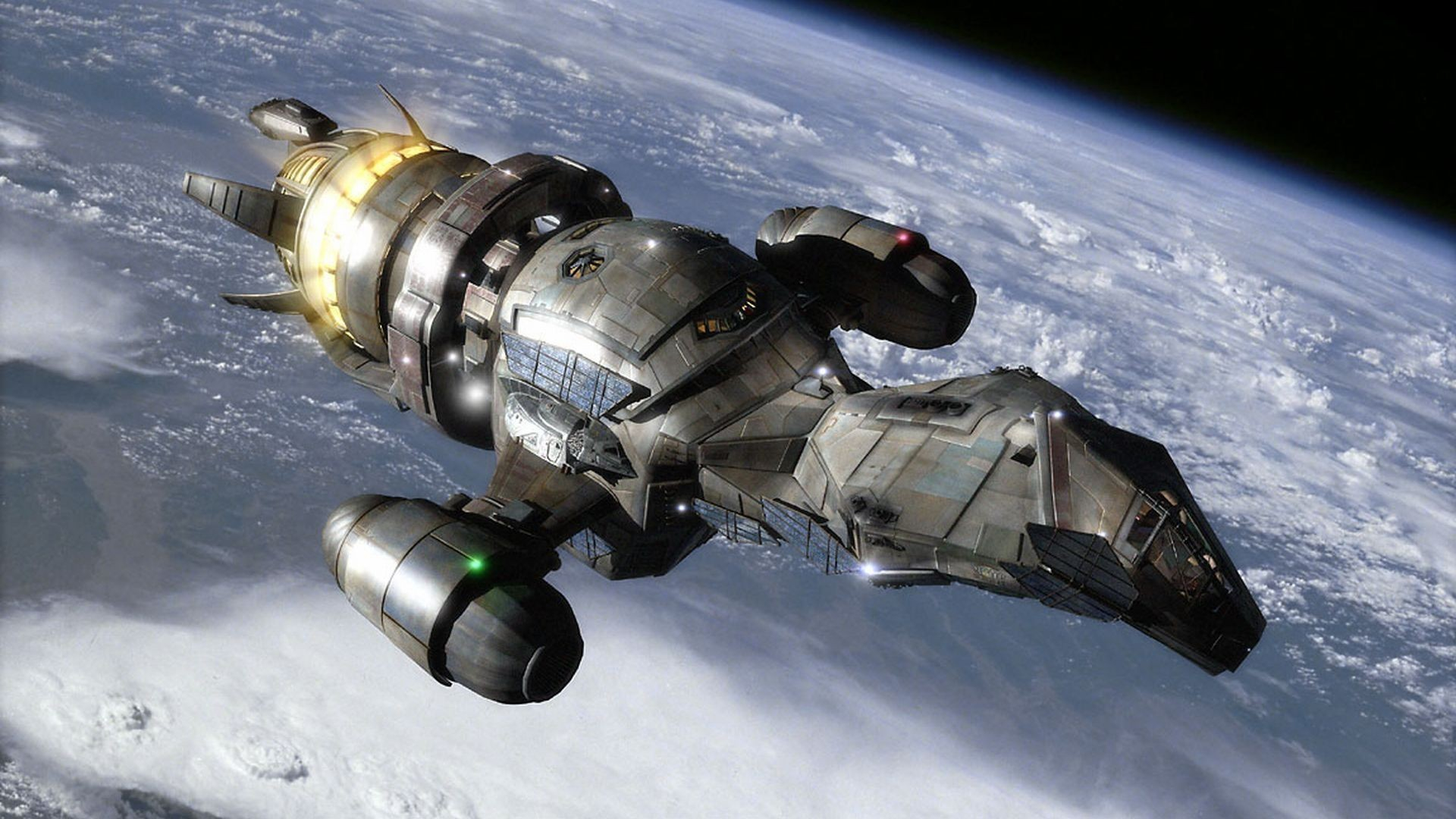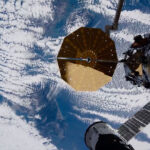Now Reading: Evidence Of A Past, Deep Ocean On Ariel, A Uranian Moon
-
01
Evidence Of A Past, Deep Ocean On Ariel, A Uranian Moon
Evidence Of A Past, Deep Ocean On Ariel, A Uranian Moon
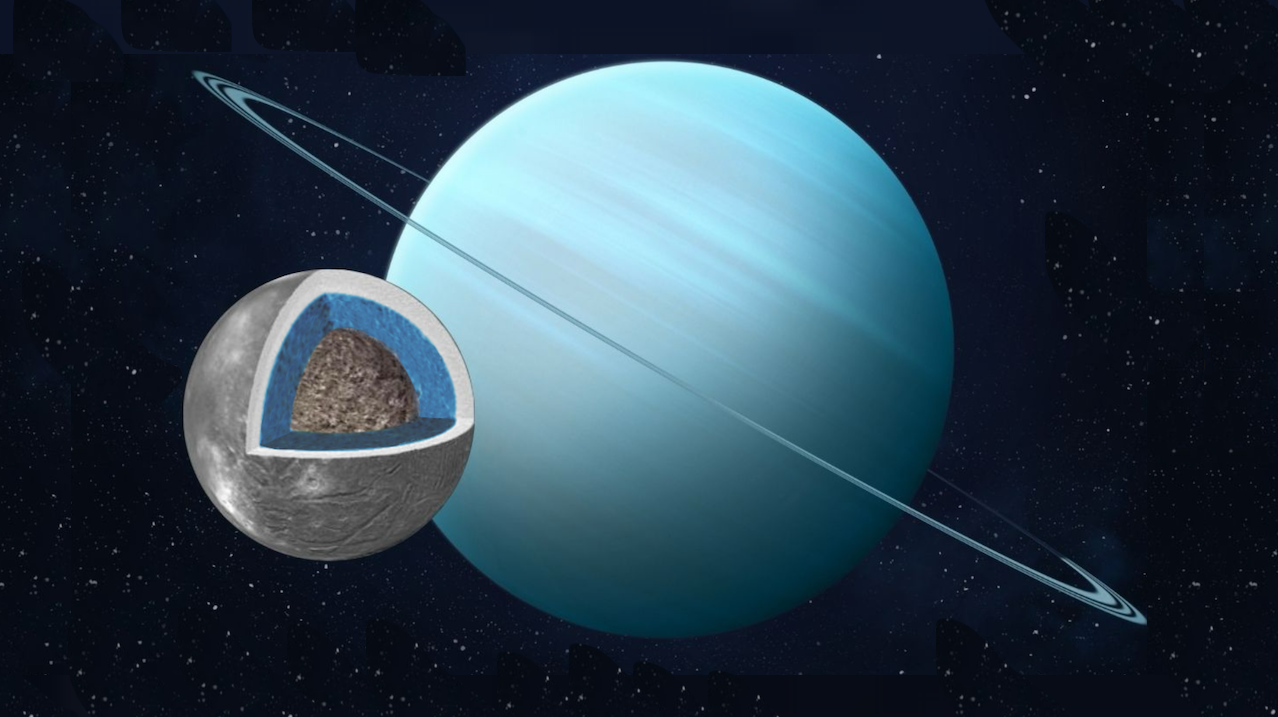

New research suggests that Ariel, a moon of Uranus, might have once harbored an ocean over 100 miles (about 170 kilometers) deep. Credit: NASA/JPL-Caltech/PSI/Mikayla Kelley/Peter Buhler
Growing evidence suggests that a subsurface ocean lurks beneath the icy surface of Uranus’ moon Ariel, but new research, published in Icarus, characterizes the possible evolution of this ocean, and found that it may have once been over 100 miles (170 kilometers) deep. For perspective, the Pacific Ocean averages 2.5 miles (4 kilometers) deep.
“Ariel is pretty unique in terms of icy moons,” said paper co-author Alex Patthoff, a Planetary Science Institute senior scientist.
Ariel is Uranus’ brightest and second-closest moon, and at just 720 miles (1,159 km) across (the distance from PSI in Tucson to Salt Lake City, Utah), it is the fourth-largest in the Uranian system. It has very old geological features, like craters, next to very young ones, like smooth terrain possibly created by cryovolcanism, said paper first author Caleb Strom, a recent graduate of the University of North Dakota. It has fractures, ridges and grabens – crust that has dropped lower than its surroundings – at scales larger than almost anywhere else in the Solar System.
It’s this dramatic surface that prompted the study. The research team wanted to understand the past interior structure and eccentricity – how much a body’s orbit deviates from circular – that would be needed to produce the features seen on Ariel’s surface today. Both characteristics can contribute to how much stress can be applied to the surface causing it to fracture under the push and pull of gravity as the small moon orbits its gas giant.
“First, we mapped out the larger structures that we see on the surface, then we used a computer program to model the tidal stresses on the surface, which result from distortion of Ariel from soccer ball-shaped to slight football-shaped and back as it moves closer and farther from Uranus during its orbit,” Patthoff said. “By combining the model with what we see on the surface, we can make inferences about Ariel’s past eccentricity and how thick the ocean might have been.”
The team found that, in the past, Ariel needed to have an eccentricity of about 0.04. This is about 40 times larger than its current value. While 0.04 may not sound dramatic, eccentricity can strengthen the effects of tidal stresses, and Ariel’s orbit would have been four times more eccentric than that of Jupiter’s moon Europa, which is wracked by the tidal forces that push and pull it to create its cracked and broken surface. Yet, to the eye, the orbit will still resemble a circle.
“In order to create those fractures, you have to have either a really thin ice on a really big ocean, or a higher eccentricity and a smaller ocean,” Patthoff said. “But either way, we need an ocean to be able to create the fractures that we are seeing on Ariel’s surface.”
What’s more, this is the second in a series of papers investigating the past subsurface of Uranus’ moons. Last year, this same team published a paper on Miranda with similar results.
“We are finding evidence that the Uranus system may harbor twin ocean worlds,” said coauthor, Tom Nordheim of Johns Hopkins University Applied Physics Laboratory and principal investigator of the NASA Solar System Workings grant that funded the Miranda and Ariel studies. “Unfortunately, we’ve only seen the southern hemispheres of Ariel and Miranda. But our results can give us predictions of what a future spacecraft might see on the moons’ unimaged northern hemispheres, such as the location of fractures and ridges there. Ultimately, we just need to go back to the Uranus system and see for ourselves.”
Researchers still aren’t sure exactly how long ago this deep ocean might have existed; however, this work will provide an important input for future research that investigates the behavior of outer Solar System oceans over time.
This research was also funded by the North Dakota Space Grant Consortium.
Planetary Science Institute
PSI is a private, nonprofit 501(c)(3) corporation dedicated to Solar System exploration. It is headquartered in Tucson, Arizona, where it was founded in 1972. PSI scientists are involved in numerous NASA and international missions, the study of Mars and other planets, the Moon, asteroids, comets, interplanetary dust, impact physics, the origin of the Solar System, extra-solar planet formation, dynamics, the rise of life, and other areas of research. They conduct fieldwork on all continents around the world. They are also actively involved in science education and public outreach through school programs, children’s books, popular science books and art. PSI scientists are based in over 30 states, the District of Columbia and several international locations. Learn more at psi.edu
Astrobiology, Astrogeology,
Stay Informed With the Latest & Most Important News
Previous Post
Next Post
-
 012024 in Review: Highlights from NASA in Silicon Valley
012024 in Review: Highlights from NASA in Silicon Valley -
 02Panasonic Leica Summilux DG 15mm f/1.7 ASPH review
02Panasonic Leica Summilux DG 15mm f/1.7 ASPH review -
 03How New NASA, India Earth Satellite NISAR Will See Earth
03How New NASA, India Earth Satellite NISAR Will See Earth -
 04And Thus Begins A New Year For Life On Earth
04And Thus Begins A New Year For Life On Earth -
 05Astronomy Activation Ambassadors: A New Era
05Astronomy Activation Ambassadors: A New Era -
06SpaceX launch surge helps set new global launch record in 2024
-
 07From Polymerization-Enabled Folding and Assembly to Chemical Evolution: Key Processes for Emergence of Functional Polymers in the Origin of Life
07From Polymerization-Enabled Folding and Assembly to Chemical Evolution: Key Processes for Emergence of Functional Polymers in the Origin of Life












